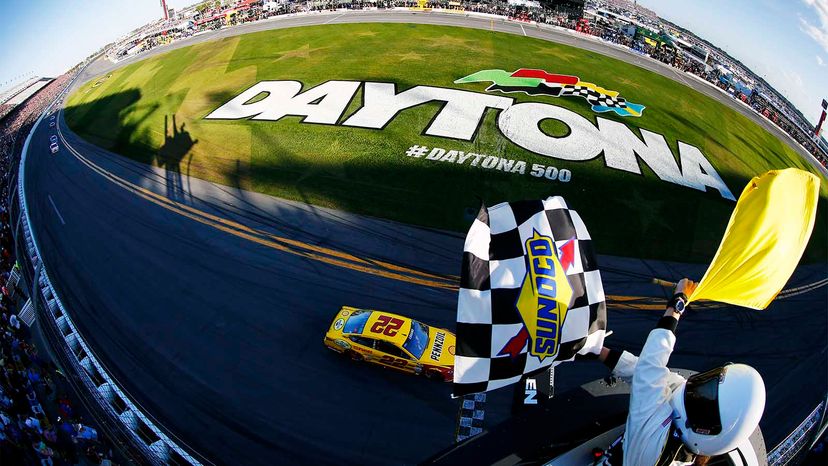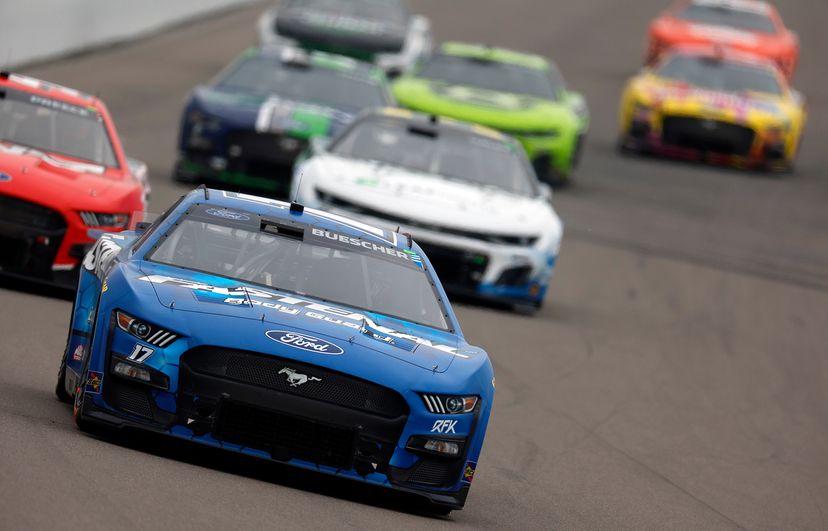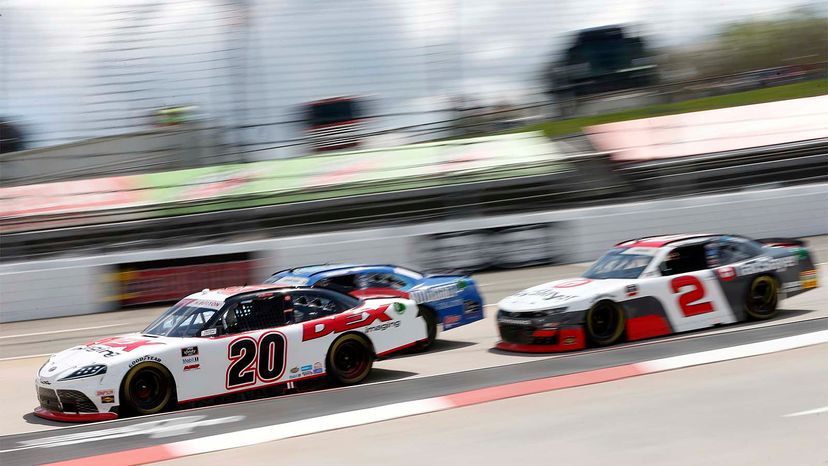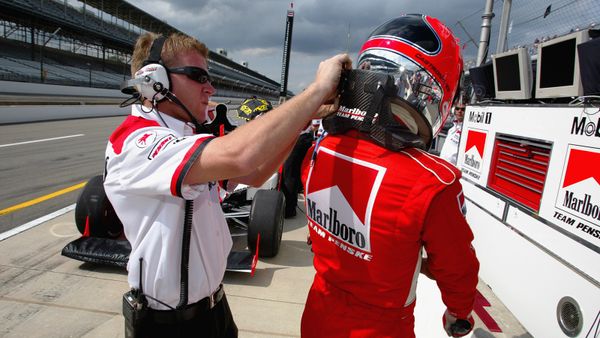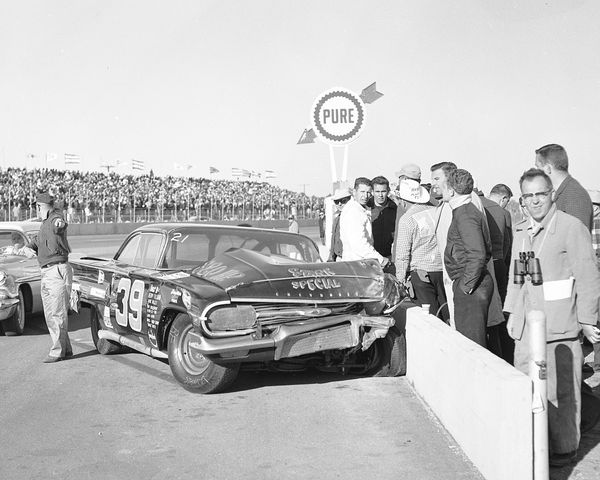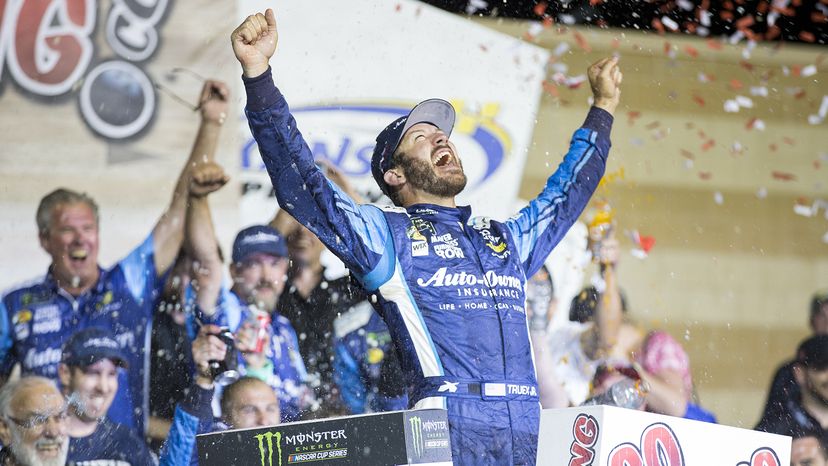
Lots of people drive fast simply for the fun of it; however, for the lucky few who make it as drivers in the NASCAR series, driving fast is more than just a passion, it's also a job. It may sound like a great way to make a living, but when it comes right down to it, being a NASCAR driver is still just a job.
So, how does NASCAR take a bunch of fast-moving cars and turn it into paychecks for the participating racers and their respective teams? That question used to be a lot easier to answer, and included things like ticket sales, merchandising, endorsements and sponsorships, as well as prize money — the purse money that's up for grabs at each race. But things changed in February 2016 when NASCAR executives and team owners announced a long-term agreement known as the owner charter system.
Advertisement
Here, we'll explain the charter system, more about how NASCAR competitors and teams are now paid (as much as we can anyway) and who gets the biggest share of winnings in this system.
